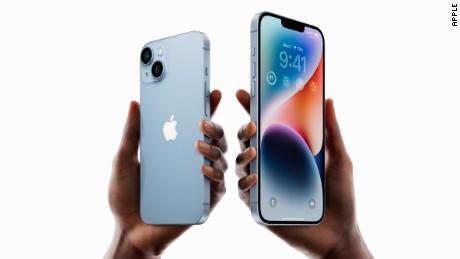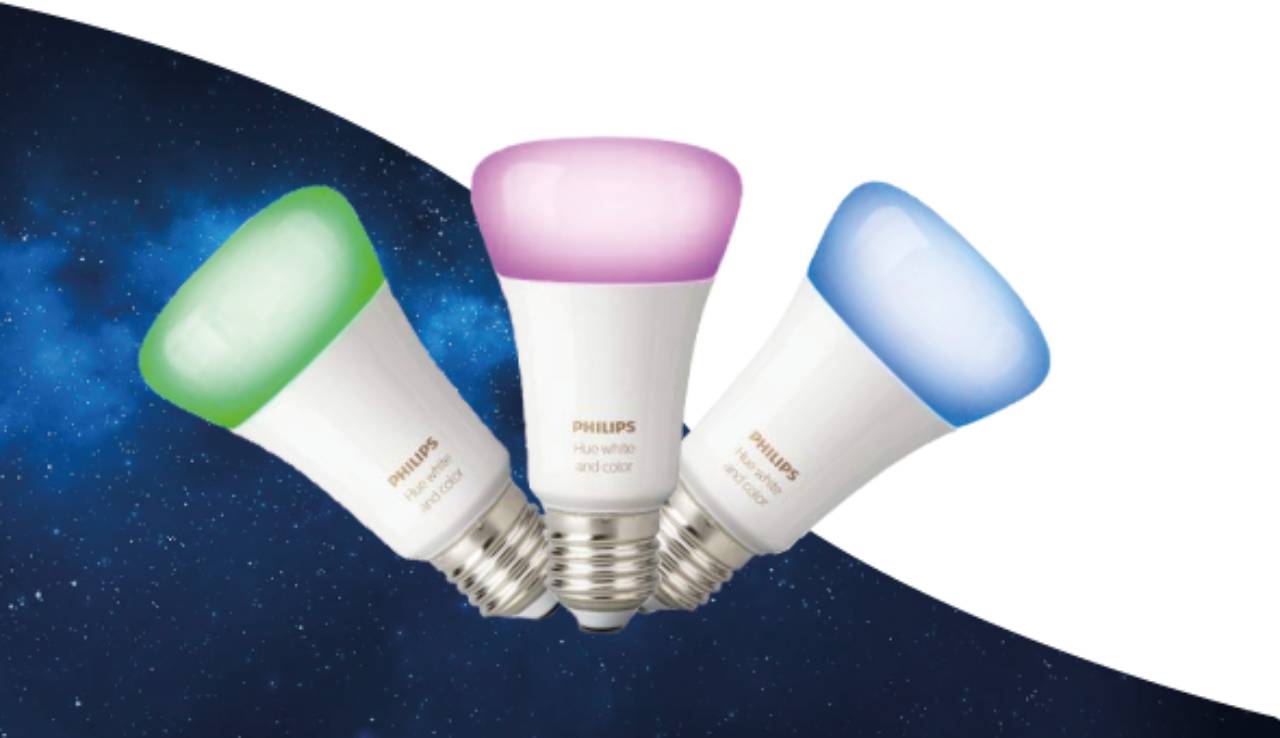At an event closely watched from its headquarters in Cupertino, California, Apple unveiled four new smartphones, including a larger 6.7-inch model of the iPhone 14 Plus and an updated iPhone 14 Pro that revisits the iconic notch. As is typical for Apple, the devices offer better battery life and camera functions than previous years.
However, the biggest surprise may be the price: The iPhone 14 and 14 Plus will start at $799 and $899, respectively, the same starting prices as last year’s models. iPhone 14 Pro and Pro Max prices start at $999 and $1,099, respectively, unchanged from last year. Analysts had generally expected Apple to raise the price of the premium model by $100.
“It’s impressive that Apple has kept the price of the new iPhone 14 flat in the US year after year,” said Ben Wood, principal analyst at market research firm CCS Insights. “We expected that inflation, increased production costs, material and other costs such as higher shipping costs would prompt Apple to raise its retail prices.”
Convincing customers to upgrade devices is always at stake for Apple, especially the iPhone, which remains its flagship product. That task could be complicated this year by general economic uncertainty, including fears of a recession.
Throughout the event, Apple seems to be promoting its range of products to help us live our best lives and avoid a range of evils that can plague consumers in an uncertain world, from car accidents to being stranded in the wild.
Apple announced several new Apple Watch models, including the top-of-the-line version, which costs $799 and is designed to support the needs of a rarefied group of outdoor enthusiasts. It added an option for its watches to detect when a user has been in a car accident, as well as a satellite call feature. For phones that aim to help people communicate when cellular service is out.
Here are the highlights of the event:
The new iPhone 14 range
Apple has introduced four new smartphones including the new iPhone 14 with a 6.1-inch screen and the iPhone 14 Plus with a larger 6.7-inch screen.
The new iPhone 14 has a 12-megapixel main camera with larger pixels, faster aperture and improved sensor. It uses the same chip as last year’s iPhone 13 Pro model (A15), marking the first time a chip has been replicated in years.
For the first time, however, the new front camera has autofocus, allowing it to focus at multiple distances in low-light for better individual and group selfies. It has a new action mode that allows users to stabilize videos on the go
Apple’s new Pro line includes an always-on display and the ability to receive notifications and activity through what the company calls the “Dynamic Island,” the most polarizing notch on the top of the phone that’s now a feature. The Pro line comes with the first 48-megapixel camera on an iPhone.
In a significant change, the iPhone 14 range also does away with the need for a physical SIM card and instead uses a digital “e-SIM” card. Now users can store multiple SIM cards on the same device and have multiple cellular plans and phone numbers on the same phone. It also prevents others from removing the physical SIM card if the iPhone is lost or stolen. Apple says that all US iPhone models will no longer have a SIM card tray.
iPhone 14 and iPhone 14 Pro will be available in five colors: Midnight, Starlight, Blue, Purple and Red.
Neue Apple-Watch
Apple brought three new smartwatches to the event: Series 8, SE and Ultra.
Ultimately, the Ultra model will help users keep track Endurance training, adventure diving and triathlon. The device has around 36 hours of operating time on a single charge, is more water resistant and has an advanced compass that works at night, at sea and in other conditions.
On the low end, Apple updated the SE 20% faster than the previous version. he he It starts at $249 for the GPS model and $299 for the cellular model.
In the middle is the Series 8 model. which starts at $399. Like previous versions of the Apple smartwatch, the Series 8 aims to inspire users to stay active and fit. Apple also highlighted the women’s health features of the watch, with refined menstrual trackers that can predict ovulation. Tracking data is stored on each device and can only be accessed with a passcode or Face ID, according to the company. Apple does not have the key to the encrypted data and therefore cannot access it without your express permission.
The announcement comes as women’s data protection becomes more critical after the Roe v. Supreme Court decision. Overthrowing Wade became a major focus.
New AirPods Pro 2
Apple has introduced its latest generation of AirPods Pro, one of its biggest flagships in recent years. The new AirPods Pro will last six hours of music on a single charge, which is better than the original version. Every headset, and every case itself, is now equipped to make noise so you can find it. A slight swipe up and down on the headset increases or decreases the volume.
AirPods Pro are now equipped with advanced dynamic noise cancellation technology and can cancel twice as much noise as the original version. Meanwhile, a new adaptive clarity mode aims to reduce harsh ambient noise.
The AirPods Pro 2 cost $249 and hit stores on Friday.
Emergency satellite link
While Apple hasn’t introduced any groundbreaking new hardware products, there is at least one new feature that could change the game for consumers — albeit on rare occasions.
The new Emergency Satellite SOS feature, which Apple says has been in the works for years, is designed specifically for this iPhone 14 device to connect to satellites when you are not near the Earth tower. By allowing users to point their devices at the satellite, which helps the phone locate it, users can send and receive information for emergency assistance.
The company says it has developed a short text compression process that takes about 15 seconds to compress messages when the user has a clear view of the sky. (This may take a few minutes longer if something like a leaf is in the way.)
According to Apple, local service providers will be contacted for assistance.
Correction: An earlier version of this story incorrectly quoted an analyst from CCS Insight.













